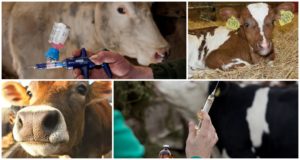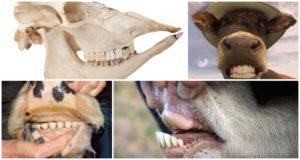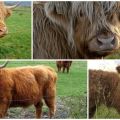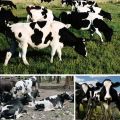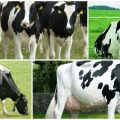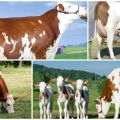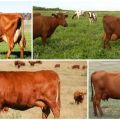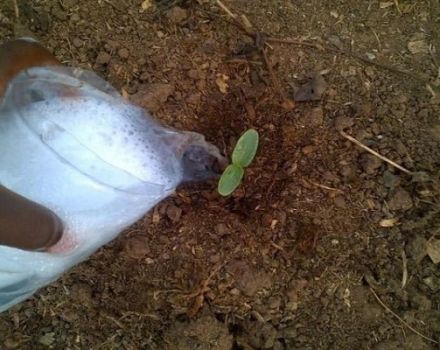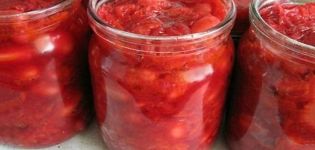Features of feeding dry cows and the rate of concentrates in the diet
There is no absolutely correct diet for cows because various factors are taken into account when formulating the ration. Feeding dry cows according to all the rules ensures the health and productivity of livestock. A balanced diet includes grass silage, hay, concentrated feed, and a vitamin and mineral complex.
The importance of eating the right diet
Poor nutrition in pregnant cows affects more than just their health. Diet omissions provoke metabolic disorders in calves, weaken immunity, increasing susceptibility to diseases. Inadequate feeding negatively affects the udder (the development of glandular tissue slows down). This point must be taken into account when formulating the ration for first-calf heifers, since the ration determines the subsequent milk production.
A decrease in milk yield is also a natural result of poor-quality feeding. A poor diet can lead to a disruption in the reproductive cycle, which entails a reduction in the fertility of cows.
How to feed dry cows?
It is important to start from a balanced feeding rate of concentrates. With an excess of concentrated feed, the fetus will develop rapidly, which can cause difficult births. Lack of feed increases the risk of giving birth to weak calves. It will be difficult for such newborns during the growth period to resist infections, gastrointestinal diseases. When compiling a diet, several feed parameters are taken into account:
- the amount of dry matter - an energy source (the norm is 2.2-2.5 kg of matter per 100 kg of cow weight);
- protein nutritional value;
- sugar and starch;
- mineral elements and vitamins.
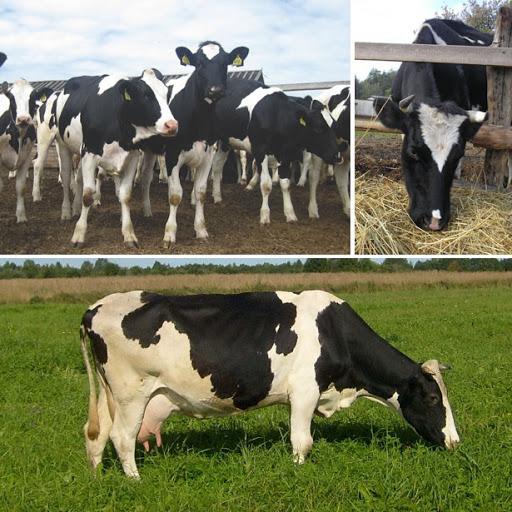
The diet must include hay, silage, haylage - high-quality herbal feed that covers the cow's need for carotene. Well-dried hay satisfies the cow's need for vitamin D.
Daily food ration
When drawing up a feeding regime, several factors are taken into account: the availability of feed on the farm, the type of diet, and the seasonality.
In winter
In the cold season, the diet is based on root crops, haylage, silage, hay. The cow is fed 6-10 kg of hay per day. When using silage or haylage, they are guided by the indicators per 100 kg of live weight: silage 2-3 kg, haylage - 2-4 kg. The mass of concentrates in the diet ranges from one kilogram to three. The feed rate is divided into 2-3 doses.
During the stall period
Particular attention should be paid to the preparation of a cow's diet during this period, since a decrease in productivity and the likelihood of infection with infections can provoke even minor violations in the feeding regime. Recommended daily ration: silage or straw - 10 kg, hay - 2 kg, mixed feed - 2-3 kg, salt - 100 g.
The vitamin and mineral composition should not be underestimated, since from vitamin deficiency cows have problems with the kidneys, liver, and productivity. The best option is to add premixes to feed - a product containing vitamins and minerals in a balanced set (requires phosphorus 50 g, calcium 90 g, zinc, copper, iodine, vitamins A, E, D).
During the pasture period
Fresh greens are the staple of the summer diet. Animals graze in pastures for days. The daily norm of green forage is 18-20 kg. Concentrated dry food (norm 2-3 kg) will be a source of energy and mineral elements. You can add hay - 2-3 kg, silage or haylage - 12-15 kg. It is not recommended to "get carried away" with silage, since low quality mixtures are characterized by a high content of organic acids, which negatively affect metabolism and fetal health.
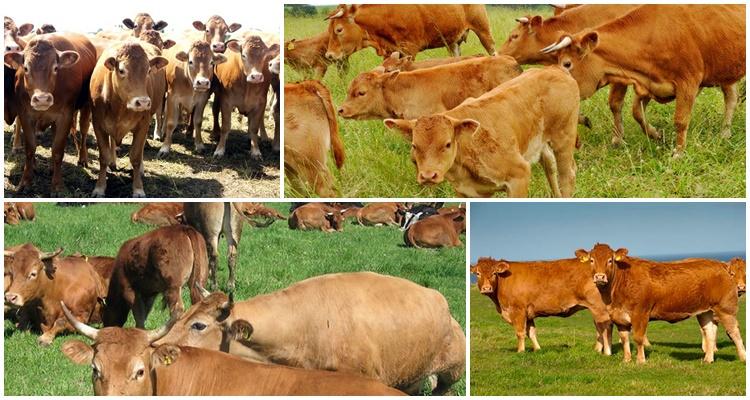
Feed characteristics
For hay harvesting, crops of both perennial and annual plants are suitable. Cultivated pastures are sown with alfalfa, leguminous and cereal grasses, timothy grass, awnless rump.
For the preparation of haylage (dried grass with a moisture content of 50-55%), cereals and legumes are suitable.
Well-leafed highly nutritious plants deserve preference: alfalfa, clover, peas, vetch, green oats. Peas, corn, sorghum, vetch (with barley or oats) are used as juicy silage fodder. Concentrated feeds are prepared from corn, peas, wheat, barley, oats, soybeans, and lentils. Supplements from oilcake and meal (soybeans, rape, rapeseed) are allowed.
For proper feeding, dry cows are divided into two groups. Animals of the first 40-45 days of dead wood should eat mainly voluminous food. In cows of the second group (2-3 weeks before calving), the rate of concentrated feed is gradually increased (up to 4 kg per day).
What should not be given to dry cows
The diet during the dry period of the cow is based on the increase in the supply of nutrients in the animal's body. However, you need to monitor the weight of the cattle. Since both exhaustion and overeating are unhealthy.
It is necessary to carefully control the quality of the compound feed. A product with mold, fungus can cause significant harm to both the cow and the fetus, and create problems during calving. It is not allowed to feed rotted hay or haylage to animals. Also, the diet does not include frozen feed.
It is advisable to refrain from feeding dry cows pulp, stillage, cake, brewer's grains. Since these feeds can provoke abortion, premature birth. The condition of the cow at the time of calving, the viability of the calf is determined by proper nutrition during the dry period. Productivity, resistance to diseases depend on the saturation of feed with vitamins and microelements. Lack of nutrition can "activate" latent or chronic diseases.



